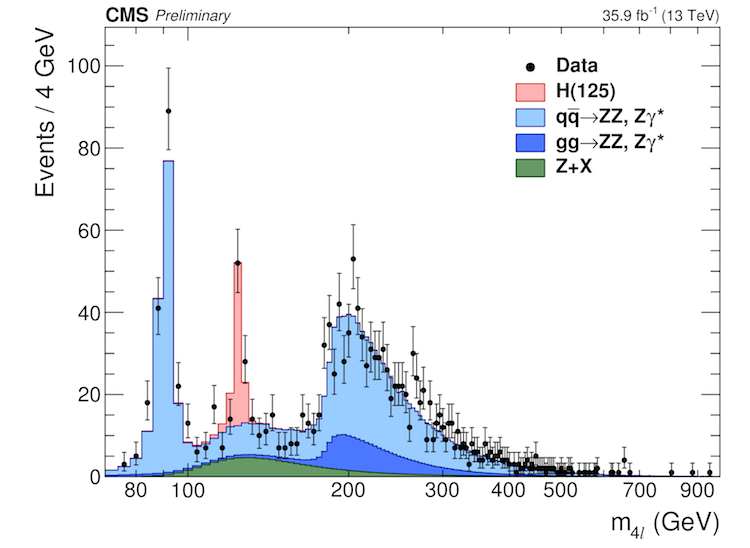The 27-km Large Hadron Collider (LHC) is the largest and most powerful particle accelerator ever built. It accelerates protons to nearly the velocity of light -- in clockwise and anti-clockwise directions -- and then collides them at four locations around its ring. At these points, the energy of the particle collisions gets transformed into mass, spraying particles in all directions.
The Compact Muon Solenoid (or CMS) detector sits at one of these four collision points. It is a general-purpose detector; that is, it is designed to observe any new physics phenomena that the LHC might reveal.
CMS acts as a giant, high-speed camera, taking 3D “photographs” of particle collisions from all directions up to 40 million times each second. Although most of the particles produced in the collisions are “unstable”, they transform rapidly into stable particles that can be detected by CMS. By identifying (nearly) all the stable particles produced in each collision, measuring their momenta and energies, and then piecing together the information of all these particles like putting together the pieces of a puzzle, the detector can recreate an “image” of the collision for further analysis.
Go to CMS Web Site
